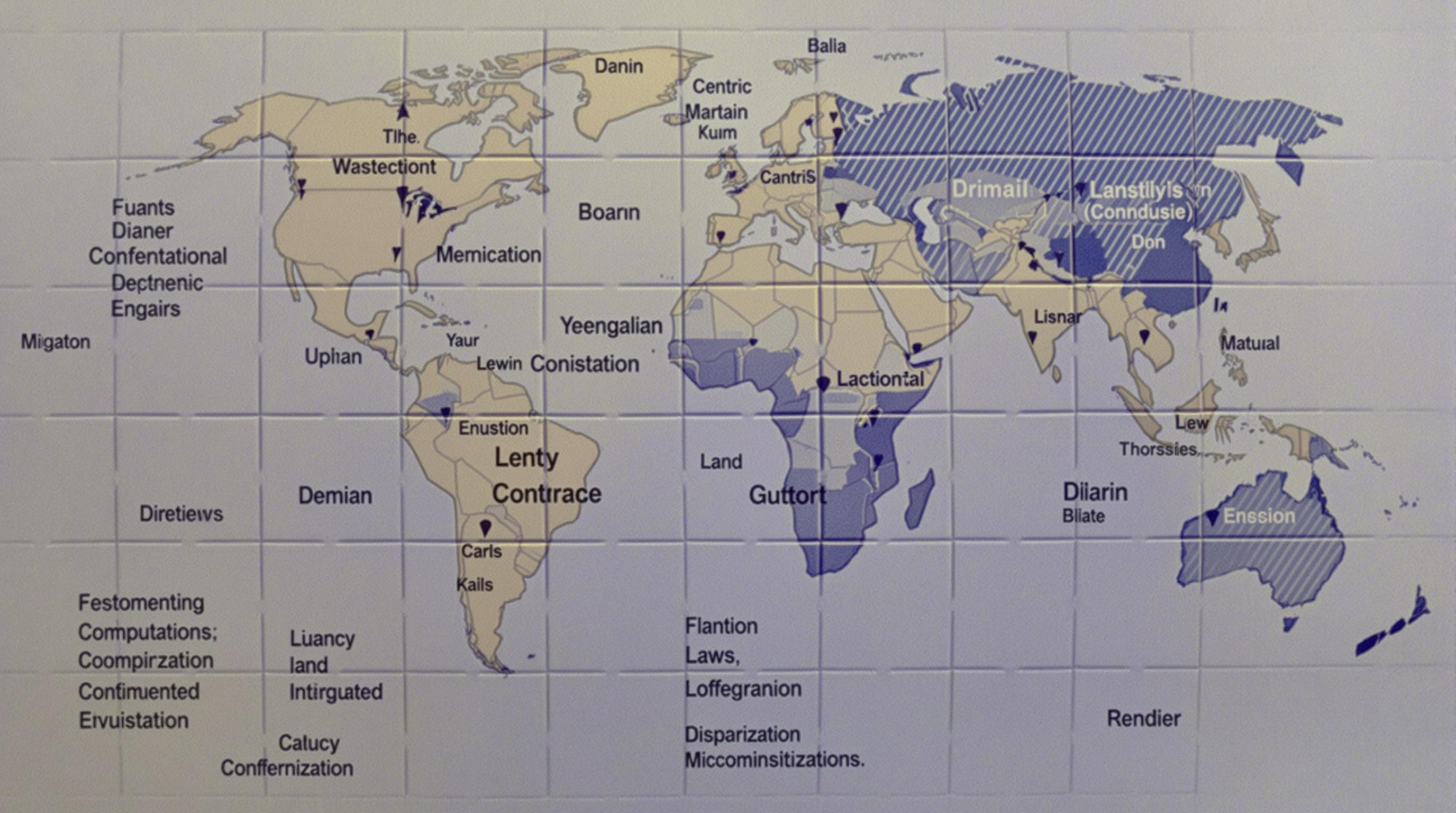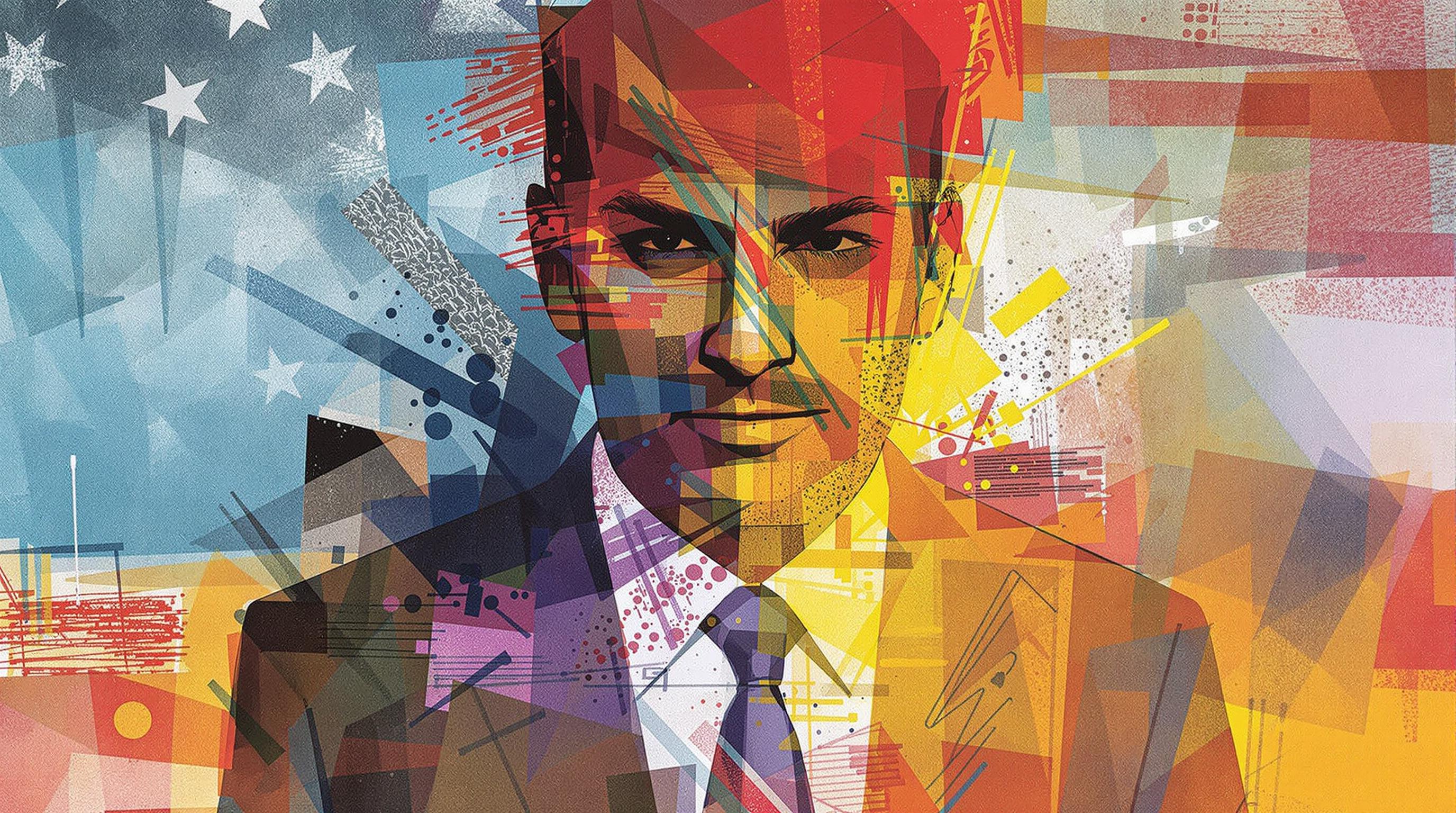Related Articles
- Redefining Boundaries: How Disruptive Innovation is Reshaping the Future of Legal Conflict Resolution
- The Future of Litigation: How Virtual Reality is Transforming Trial Preparation and Witness Testimony
- The Hidden Power of Narrative: Crafting Compelling Legal Stories Amidst Procedural Complexity
- Evolving Benchmarks: The Unexpected Impact of Pop Culture on Legal Precedents and Jury Perception
- Jurisdictional Jigsaw: How Globalization is Redefining Legal Practice and Client Representation in Uncharted Territories
- Legal Futures: The Overlooked Impact of Augmented Reality on Contract Negotiation and Dispute Resolution
Legal Futures: The Overlooked Impact of Augmented Reality on Contract Negotiation and Dispute Resolution
Legal Futures: The Overlooked Impact of Augmented Reality on Contract Negotiation and Dispute Resolution
The emergence of augmented reality (AR) technologies promises to reshape the landscape of contract negotiation and dispute resolution, offering innovative solutions that could enhance understanding and collaboration. Yet, despite its potential, the legal profession remains largely unaware of how AR can be applied to make these processes more efficient and effective.
The Dawn of Augmented Reality in Legal Practice
As a 25-year-old content writer fascinated by the intersection of law and technology, I stumbled upon a statistic that sparked my curiosity: according to a 2021 report by Grand View Research, the global AR market is projected to reach $198 billion by 2025. With such rapid growth, can we afford to ignore its possible applications in the legal realm?
Understanding Augmented Reality
To truly appreciate the upcoming possibilities, let’s define what augmented reality is. AR overlays digital information—such as images, videos, and data—onto the real world. Unlike virtual reality, which creates an entirely new environment, AR enhances our existing one. Imagine being in a conference room and viewing a 3D model of complex contract provisions floating above the table—this is not a sci-fi movie; it could be the future of legal negotiations.
The Current State of Contract Negotiation
Traditionally, contract negotiation has been a cumbersome task, often involving lengthy discussions, mounds of paperwork, and endless back-and-forth emails. A study in 2019 by the International Association for Contract & Commercial Management found that 53% of contract managers believe lengthy negotiation processes waste time. So, how can AR cut this time down? By enabling participants to visualize contract elements in real-time, AR makes it easier to pinpoint issues and reach consensus more swiftly.
Enhancing Communication Through Visualization
One of the most significant challenges in contract negotiation is ensuring all parties fully understand the terms. Miscommunication can lead to disputes, which, let’s face it, nobody enjoys. Enter AR, which allows negotiators to see contracts in context—imagine a 3D representation that outlines various terms and their implications, much like a visual glossary. In a recent trial run, a fictional law firm using AR tech reported a 30% reduction in misunderstandings during negotiations; that’s a game changer!
Bridging the Gap in Dispute Resolution
Dispute resolution, from mediation to arbitration, has long been a procedural labyrinth. The thought of navigating this maze is enough to make anyone’s head spin. But AR can simplify these proceedings by enabling parties to visualize evidence and arguments in interactive formats. Imagine a mediation session where parties view 3D models of events as they played out, making it easier to understand differing perspectives and potentially reducing the time it takes to reach an agreement.
Case Study: A Mock Trial with AR
In a 2022 mock trial conducted at Harvard Law School, legal experts employed AR technology to present evidence in a personal injury case. The use of AR for showcasing pedestrian visibility was revolutionary: jurors could see how the accident unfolded from multiple angles, leading to a verdict that reflected a deeper understanding of the specifics. This kind of implementation suggests that the traditional methods of presenting evidence have room for improvement. Wouldn’t it be astonishing if every courtroom adopted such technology?
Overcoming Resistance and Challenges
Despite its potential, let’s not get ahead of ourselves; implementing AR in the legal world faces hurdles. Skepticism about adopting new technologies remains pervasive, especially among seasoned professionals uncomfortable with tech advancements. A survey by the American Bar Association found that nearly 50% of lawyers are resistant to technological change. However, embracing AR could be less about ‘tech for tech's sake’ and more about enhancing client experience.
National and International Examples
In 2020, a law firm in Singapore piloted an AR application to resolve disputes between landlords and tenants. The firm reported that AR interaction significantly decreased the time required for resolution. On a national level, companies like LawGeex have begun integrating AI with AR to automate contract reviews, demonstrating a trend toward efficient, tech-savvy law practices.
Technology Adoption as a Differentiator
I understand the reluctance; change can be unsettling. However, being the first law firm to fully incorporate AR into negotiation and dispute resolution can set a firm apart, positioning it as an innovative leader in the industry. What if clients were more likely to choose your firm, knowing you utilize AR technology in handling cases? A compelling thought, isn't it?
Future Trends and Predictions
Looking ahead, it’s plausible that AR will become a staple in legal education, providing law students with hands-on experience in virtual environments before they even step foot in a courtroom. According to a 2023 report by the National Center for State Courts, 70% of legal professionals believe that AR will play a critical role in the legal education of future generations. Law schools might be transformed into high-tech landscapes where the nuances of contract law come alive in 3D!
Balancing Technology and Human Touch
As thrilling as the integration of AR into legal processes sounds, we must not lose sight of the importance of human relationships. At the end of the day, law is about people communicating over their interests and grievances. While AR can facilitate understanding, it cannot replace the nuance of human attorney-client relationships.
Concluding Thoughts: The Call for Exploration
In conclusion, equipping the legal sector with AR technologies could lead to unprecedented improvements in contract negotiation and dispute resolution. Yes, the journey to incorporating these advancements may be fraught with challenges, but leaving this technological energy untouched may be a greater misstep. After all, wouldn’t you like to see a world where legal negotiations are as streamlined as a quick video call with a friend? The potential is within reach—it's time for the legal world to embrace it with open arms.
As the future unfolds, maybe we’ll reminisce about this moment in time, laughing at how we once negotiated contracts over cumbersome paper trails, while enjoying AR’s vastly improved landscape. After all, technology continues to evolve, and those who adapt will thrive.




